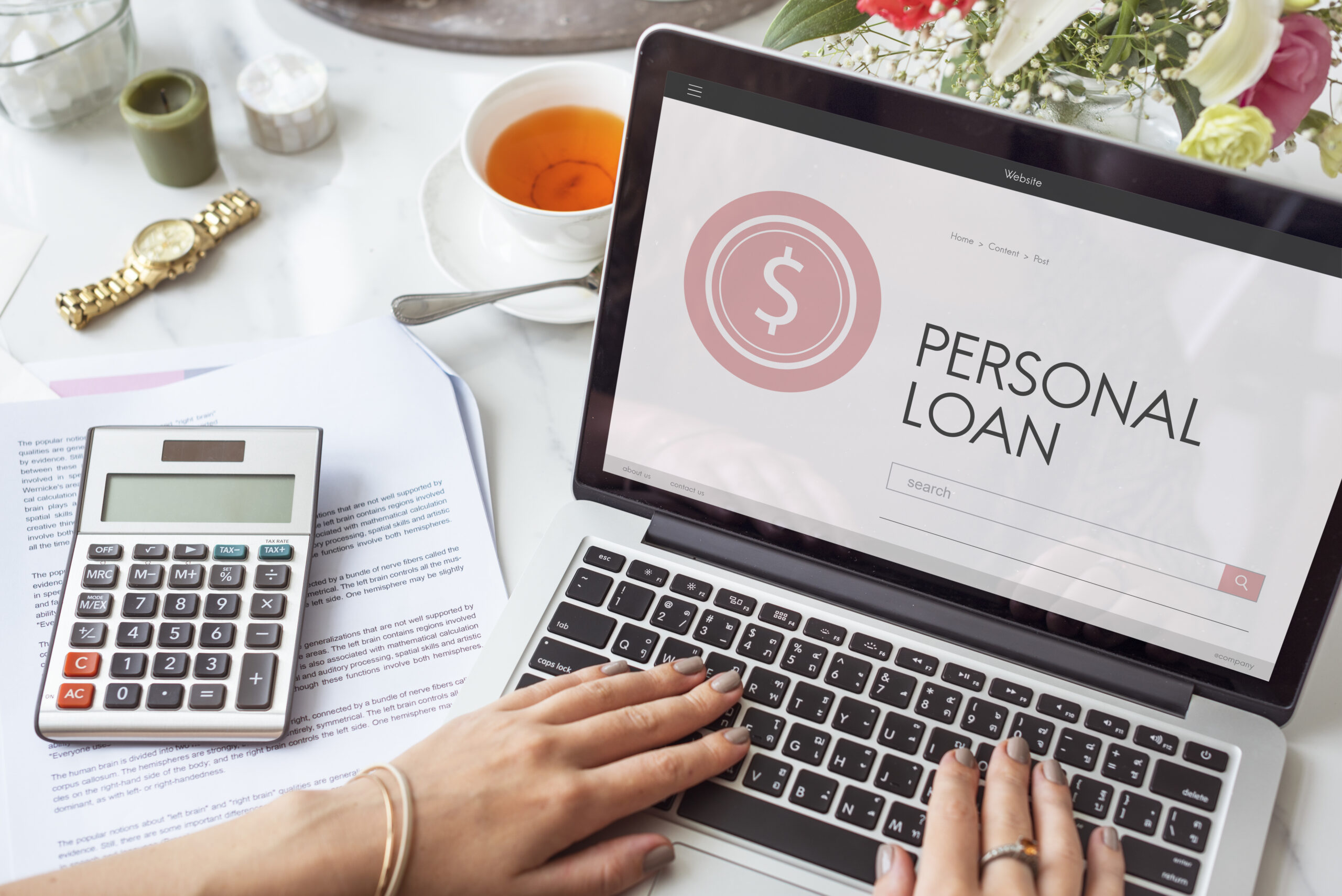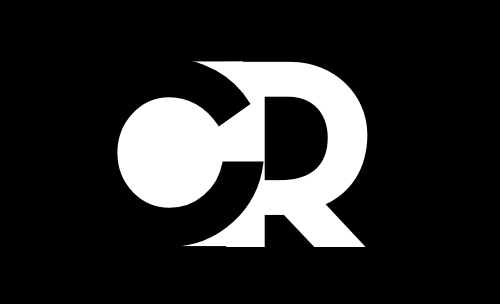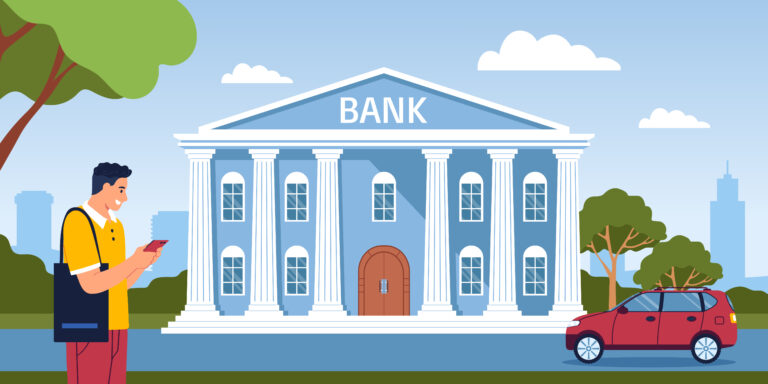Best personal loans for fair credit (580-669 score)

If you have a fair credit score (580-669), securing a personal loan can feel challenging, but it’s far from impossible. Many lenders specialize in working with borrowers in this range, offering competitive rates and flexible terms. Whether you need funds for debt consolidation, home improvements, or an emergency expense, the right loan can help you meet your financial goals while also improving your credit over time.
The key is knowing where to look and what to prioritize lower interest rates, manageable repayment terms, or minimal fees. In this guide, we’ll break down the best personal loan options for fair credit, along with tips to boost your approval chances and make borrowing work for you.
What Is a Fair Credit Score? (580-669 Explained)
A fair credit score sits between 580 and 669, depending on the scoring model used whether it’s FICO® or VantageScore®. This range means you’re not in the “poor” credit category, but you’re also not quite at “good” or “excellent” credit yet. Lenders see borrowers in this range as moderate-risk, which means you can qualify for loans, but you may face higher interest rates and stricter approval requirements compared to those with stronger credit.
Why Does a Fair Credit Score Matter for Loans?
- Loan Approval: While some mainstream lenders prefer good credit (670+), many online lenders, credit unions, and alternative lenders work with fair credit borrowers.
- Interest Rates: You’ll likely pay higher APRs (Annual Percentage Rates) than someone with good credit sometimes 15% to 30% because lenders see you as a slightly riskier borrower.
- Borrowing Limits: You may qualify for smaller loan amounts (typically $1,000 to $25,000) compared to those with excellent credit.
FICO vs. VantageScore: Slight Differences
- FICO® Score (Most Common):
- 580-669 = Fair
- Used by 90% of top lenders, including banks and credit card issuers.
- VantageScore® (Alternative Model):
- 601-660 = Fair
- Some lenders use this, but FICO is still the industry standard.
How to Check Your Credit Score for Free
Before applying for a loan, check your score through:
- AnnualCreditReport.com (free weekly reports until 2024)
- Credit Karma, Credit Sesame, or your bank/credit card issuer (often provides free FICO or VantageScore updates)
Can You Get a Loan with a Fair Credit Score?
Yes! While you won’t get the lowest rates, many lenders specialize in fair credit loans. Your approval odds improve if you:
- Have a steady income
- Keep low debt-to-income (DTI) ratio (ideally under 40%)
- Avoid recent missed payments or defaults
Understanding where you stand helps you choose the right lender and negotiate better terms. Next, we’ll explore the best loan options for fair credit borrowers.
Where to Get a Personal Loan with Fair Credit?
If you have a fair credit score (580-669), you still have several good options for securing a personal loan. While traditional banks might be hesitant, many online lenders, credit unions, and alternative lenders specialize in working with borrowers in your credit range. Here’s where to look and what to expect from each option.
1. Online Lenders (Best for Fast Approval & Competitive Rates)
Online lenders are often the best choice for fair credit borrowers because they use alternative underwriting methods, looking beyond just your credit score. Many offer quick prequalification (soft credit check) and fast funding—sometimes within 1-2 business days.
Top Online Lenders for Fair Credit:
- Upstart – Uses AI to assess creditworthiness, may accept scores as low as 580.
- Avant – Specializes in fair-credit borrowers (600+), with APRs from 9.95% to 35.99%.
- LendingPoint – Works with scores 580+, offers next-day funding.
✅ Pros: Fast approval, flexible eligibility, competitive rates for fair credit.
❌ Cons: Higher APRs than banks, possible origination fees (1%-6%).
2. Credit Unions (Best for Lower Rates & Personalized Service)
Credit unions are nonprofit institutions that often provide better rates than banks, especially if you’re a member. Many have fair-credit loan programs with APRs starting around 8%.
How to Apply:
- Join a credit union (some have easy membership requirements).
- Look for credit-builder loans or secured loan options.
✅ Pros: Lower interest rates, member-focused service.
❌ Cons: Membership required, may have slower approval times.
3. Banks (Possible but More Strict)
Big banks (Wells Fargo, Chase, Bank of America) usually prefer good to excellent credit, but some regional banks or smaller institutions may work with fair credit—especially if you have an existing relationship.
Tip: If your bank denies you, ask about secured loans (backed by collateral).
✅ Pros: Trusted institutions, potential for relationship discounts.
❌ Cons: Stricter requirements, slower approval process.
4. Peer-to-Peer (P2P) Lending (Alternative Option)
Platforms like Prosper and Upstart connect borrowers with individual investors. They often have more flexible approval criteria than traditional banks.
✅ Pros: May approve lower credit scores, competitive rates.
❌ Cons: Fees vary, funding can take longer than online lenders.
Which Option is Best for You?
- Need money fast? → Online lender
- Want the lowest rate possible? → Credit union
- Have an existing bank relationship? → Check with your bank first
How to Choose the Best Loan for Fair Credit?

Getting a personal loan with fair credit is possible, but not all lenders are created equal. To find the best loan for your situation, you’ll need to compare key factors beyond just the interest rate. Here’s what to look for and how to avoid costly mistakes.
1. Compare APR, Not Just Interest Rates
The Annual Percentage Rate (APR) is the true cost of borrowing it includes interest + fees (like origination charges). Some lenders advertise low rates but tack on high fees, making the loan more expensive than it seems.
✅ What to Do:
- Look for lenders that disclose APR upfront.
- Avoid loans with APRs above 36% (considered predatory).
2. Watch Out for Fees That Add Up
Some common (and often hidden) fees include:
- Origination fees (1%-6% of the loan amount, deducted upfront).
- Prepayment penalties (charged for paying off the loan early).
- Late payment fees (usually $15-$40 per missed due date).
✅ What to Do:
- Choose lenders with no origination fees (e.g., LightStream for well-qualified borrowers).
- Ask about fee waivers if you enroll in autopay.
3. Check Repayment Terms (2-7 Years is Ideal
- Shorter terms (1-3 years) → Higher monthly payments but less interest paid overall.
- Longer terms (5-7 years) → Lower payments but more interest over time.
✅ What to Do:
- Pick the shortest term you can afford to save on interest.
- Avoid stretching payments beyond 7 years you’ll pay significantly more.
4. Look for Flexible Eligibility Requirements
Some lenders have minimum credit score cutoffs (e.g., 620+), while others accept scores as low as 580. Other factors that help approval:
- Stable income (verifiable with pay stubs or bank statements).
- Low debt-to-income (DTI) ratio (ideally under 40%).
✅ What to Do:
- Use prequalification tools (soft credit check) to gauge approval odds.
- If denied, ask the lender why—they may suggest ways to improve your application.
5. Read Reviews & Check Lender Reputation
Not all lenders treat fair-credit borrowers fairly. Red flags include:
- Aggressive sales tactics (pressuring you to borrow more than needed).
- Poor customer service (hard to reach, slow responses).
✅ What to Do:
- Check the Better Business Bureau (BBB) and Trustpilot for complaints.
- Avoid lenders with frequent reports of hidden fees or billing errors.
6. Consider Credit-Building Benefits
Some lenders report payments to credit bureaus, helping you improve your score over time.
✅ What to Do:
- Ask: “Do you report to all three credit bureaus (Experian, Equifax, TransUnion)?”
- If rebuilding credit, prioritize lenders that offer credit education tools.
Final Tip: Don’t Rush—Shop Around!
Just because you can get a loan doesn’t mean you should take the first offer. Compare at least 3-5 lenders to find the best combination of:
✔ Lowest APR
✔ Minimal fees
✔ Comfortable repayment terms
How to Improve Your Chances of Approval?
Getting approved for a personal loan with a fair credit score (580-669) can be challenging, but it’s far from impossible. With the right strategy, you can strengthen your application and secure better terms. Here’s how to boost your approval odds—before you even apply.
1. Check Your Credit Report for Errors
Why it matters: A single error (like an incorrect late payment) could drag your score down 20-50 points.
✅ What to do:
- Get free credit reports from AnnualCreditReport.com.
- Dispute mistakes with the credit bureaus (Experian, Equifax, TransUnion).
- Even small corrections (e.g., removing an old collection account) can push you into a higher score tier.
2. Lower Your Debt-to-Income (DTI) Ratio
Lenders prefer borrowers with a DTI below 40% (total monthly debt payments ÷ gross monthly income).
✅ Ways to improve DTI:
- Pay down credit card balances before applying.
- Avoid taking on new debt (e.g., car loans) while seeking a personal loan.
- If possible, increase your income (overtime, side gigs) to improve the ratio.
3. Apply with a Co-Signer (If Possible)
A co-signer with good or excellent credit can:
- Dramatically increase approval odds
- Help you qualify for lower interest rates
⚠️ Caution: The co-signer is equally responsible for repayment if you default, their credit suffers too.
4. Consider a Secured Loan
If you’re struggling with approvals, a secured personal loan (backed by collateral like a savings account or car) may help because:
- Lenders view them as less risky
- You may get better rates than with an unsecured loan
💡 Best for: Borrowers who can afford to tie up assets but need to build credit.
5. Avoid Multiple Hard Inquiries in a Short Time
Each loan application typically triggers a hard credit pull, which can lower your score by 5-10 points.
✅ Smart application strategy:
- Use prequalification tools (soft checks that don’t hurt your score).
- Submit all applications within a 14–45-day window credit scoring models often treat these as a single inquiry for rate shopping.
6. Show Proof of Stable Income
Lenders want reassurance you can repay the loan. Strengthen your application with:
- Recent pay stubs or tax returns (if self-employed)
- Bank statements showing consistent deposits
- A job history of at least 6–12 months
7. Start Small (If Needed)
If you’re repeatedly denied, consider:
- A smaller loan amount ($1,000–$3,000)
- A credit-builder loan (offered by some credit unions)
These can help you establish a positive payment history, making future approvals easier.
Final Tip: Be Honest & Prepared
Lenders can often tell if you’re stretching the truth. Instead:
✔ Explain credit blemishes (e.g., “My score dropped due to medical bills, but I’ve paid them off.”)
✔ Have documents ready (ID, pay stubs, bank statements) to speed up approval.
Final Thoughts
Getting a personal loan with a fair credit score (580-669) may require some extra effort, but it’s absolutely within reach. By understanding where to look online lenders, credit unions, and even some banks and knowing how to compare rates, fees, and terms, you can secure a loan that fits your needs without overpaying. If your first application isn’t approved, don’t get discouraged. Focus on improving your credit health, exploring alternatives like secured loans, or even asking a trusted co-signer for help. The key is to borrow responsibly, make payments on time, and use this opportunity to build toward a stronger financial future. With the right approach, you can turn fair credit into good credit and unlock even better loan options down the road.






